So, you’ve built an airplane or two and helped some friends build theirs. You’ve watched a DAR inspect a new Experimental airplane, issue an airworthiness certificate, and said to yourself, I could do that. I could look at people’s planes, do some paperwork for the FAA and make some nice money on the side, all the while having some fun, too. Well, maybe you could, but getting there isn’t easy.
Start with the A&P
If you want to become a DAR for Experimental amateur-built aircraft, you will first need to become certificated as an airframe and powerplant mechanic (A&P) by the FAA. If you only want to do Experimental Light Sport or Special Light Sport, a repairman’s certificate with maintenance authority will suffice, but it really isn’t realistic for most people to approach things this way. Resign yourself to getting your A&P and get to work on that first.
There are two basic approaches to becoming an A&P mechanic. One, you can go to an approved school, which takes about 18 months to two years in most cases, or two, you can acquire sufficient, verifiable work experience to qualify.
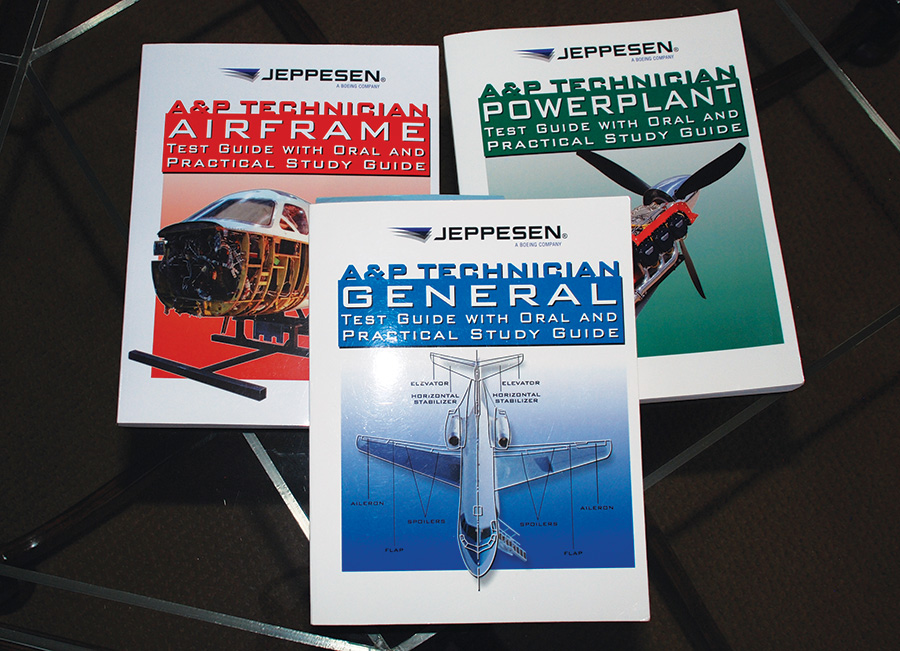
There are three written tests to complete for the A&P Mechanic certificate. Jeppesen makes a good series of study guides for each test. There is a great deal of material in these that is likely not familiar to an amateur airplane builder, so it pays to get some good study guides.
A qualified school program run through a community college will take two years of pretty much full time effort and cost you a few thousand dollars. A private school will be quicker but much more expensive. If you want to try and qualify with your airplane building experience, you will need a lot of it and someone who can vouch for that experience. That someone is preferably an A&P mechanic with Inspection Authority (IA), but an A&P who is not an IA may suffice. That person will need to write a letter to the FAA attesting to your experience building and maintaining aircraft. You may be able to convince the local FAA people of your experience without the letter, but don’t be surprised if you have a tough time of it.
The requirements are 18 months of airframe experience for the airframe license and 18 months of powerplant experience for the powerplant license. For the combined A&P certification you will need 30 months of experience roughly divided between powerplant and airframe. These times in months equate to full-time work. Military experience can count toward these requirements if you can prove what you were doing. Most amateur airplane builders have a hard time with the powerplant side of the qualifications. A project that involves 2-3000 hours of total work likely only includes a few hundred hours of engine work. It will take a lot of engine maintenance to make up the difference.
If you overhaul your engine before installing it in your airplane or go to an engine school such as the one Lycoming puts on in Williamsport, Pennsylvania, you can add to your powerplant experience number. In any case, getting sufficient experience to qualify for the powerplant license is going to take some extra work for most people.
Once you have the experience needed to qualify, you must meet two other relatively simple requirements before you can go to the FAA and ask for permission to take the required tests. One, you must be at least 18 years old, and two, you must be able to read, write, and understand English. With all of that out of the way, you can call your local FSDO and make an appointment to go see them. Be sure to bring your driver’s license or other government-issued identification.
If the FAA is duly impressed with your qualifications, they will issue you a form that gives you permission to take the required written tests. You will need to take the three written tests at an approved computer test center, just like the one you used to take your private pilot written test. Each test—general, airframe, and powerplant—costs $150 and takes up to two hours. If you are an AOPA member, you will save $10 off the cost of each test. You must score at least 70% to pass. These tests must be taken within two years of when the FAA issued permission to take the tests.
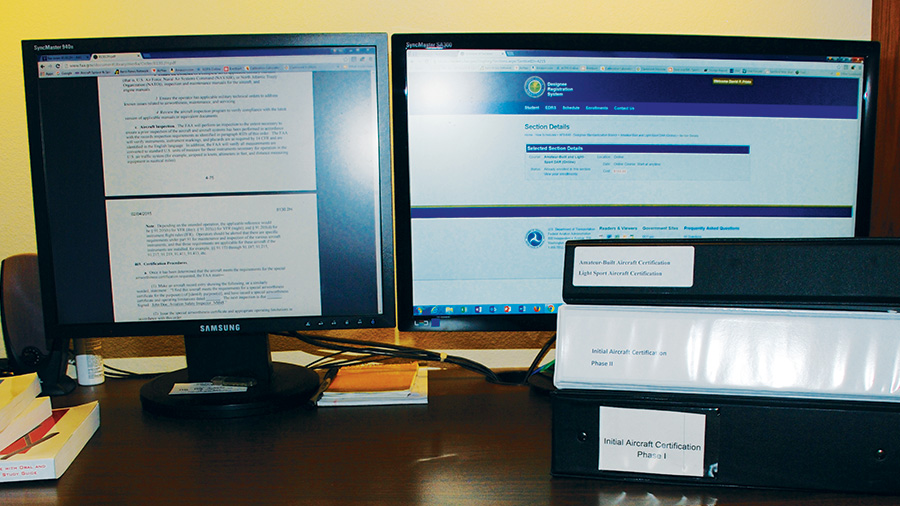
The study material and tests to become a DAR are all online. Even the Initial Aircraft Certification course, which is an in-person course, uses an online test. Printing out the course material makes it easier to study, at least for those of us who didn’t grow up in the digital age.
If you think you are going to walk into these tests with your vast knowledge of Experimental airplane building and breeze through them, you are very wrong. Most of the test questions are not about the kinds of things you have been doing as an amateur airplane builder. You will need to get some books and study. Several people publish test prep books, among them Jeppesen, King, and ASA. You may lapse into a semiconscious stupor a time or two while you are studying, but keep your eye on the prize. You have to memorize this material if you want the certification. Many others have done it before you; it is possible to learn this stuff.
With your three written tests out of the way, you still have another hurdle to get over—the oral/practical test. These tests are combined in one day-long session with a designated mechanic examiner (DME). Your local FSDO can give you some names to contact for this test. Expect to pay him or her about $600. Your test should be tailored to light aircraft if that is your experience, but everything is fair game including turbine questions. It is not likely that you will be tested on that, if for no other reason than most DMEs do not have that kind of equipment available to them. The test is not hard if you have a lot of light plane experience, but remember that it is focused on certificated airplanes, not Experimentals. You may want to enroll in a one- or two-week test prep course to get yourself familiar with the types of questions you will encounter. I studied for the written tests on my own and went to a local test prep school for one week to prepare for the oral/practical. That cost me $895.
The DAR Process
OK, so now you are an A&P. What else do you need to do to become a DAR? Quite a bit as it turns out. There are three basic things you will need to qualify: relevant experience, personal and professional qualifications, and an FAA office with a need for your services.
The FAA does not need a vast number of DARs with the codes for Experimental/Amateur-Built and Experimental Light Sport, but they do need some of them. You will need to find an office near you that has such a need. Without that you don’t have much of a chance of getting appointed. You can either work through an FSDO, in which case you will be a DAR-T, or you can work through a MIDO, which will make you a DAR-F. The MIDO is the more appropriate place for a DAR who will be doing initial aircraft certifications, but FSDOs, which are primarily focused on maintenance, can also have DARs that do the same thing.

FAA Aviation Safety Inspector John Soltis (left) reviews paperwork with Zenith builder Wayne Snyder. Since this was Dave Prizio’s first customer as a DAR, the FAA was required to supervise the process.
The MIDO will have a larger geographical area for you to handle than the FSDO. For instance, working out of the Los Angeles MIDO gives me access to the Northwest Region, which includes the entire west coast, including Hawaii, plus Nevada, Arizona, Utah and Idaho. This is good if you want to maximize your opportunity for finding work and don’t mind travelling a bit. On the other hand, if the FSDO is the one with the need, there is no good reason to pass up the opportunity. In my case, the Los Angeles MIDO had the need, so that is where I went.
As of this writing the FAA is in the process of phasing in what they call the Designee Management System (DMS). The MIDOs are working with the DMS now, but the FSDOs have not yet made the transition. What this means to the prospective DAR is that to become a MIDO-based DAR-F you will use the computerized DMS, but the FSDO-based DAR-T applicant will file a paper application. The main difference is that the paper application process requires written reference letters, but the DMS only asks for names and contact information for references. Otherwise the questions and qualifications are the same. In either case, FAA Order 8000.95, Change 1, is the controlling document. That is where you will find all of the qualifications and the application process particulars.
Once you file your application, it goes to Oklahoma City where it is evaluated. If you meet the qualifications, you are placed in a pool of qualified applicants. In essence, you are then allowed to continue pursuing your appointment with the local FSDO or MIDO. Assuming they still need you and you are deemed qualified, you will be interviewed by someone from the local FAA office. If that goes well, you will be cleared to sign up for the Initial Aircraft Certification training course given four times per year in Oklahoma City. This course is required and may not be taken anywhere else.
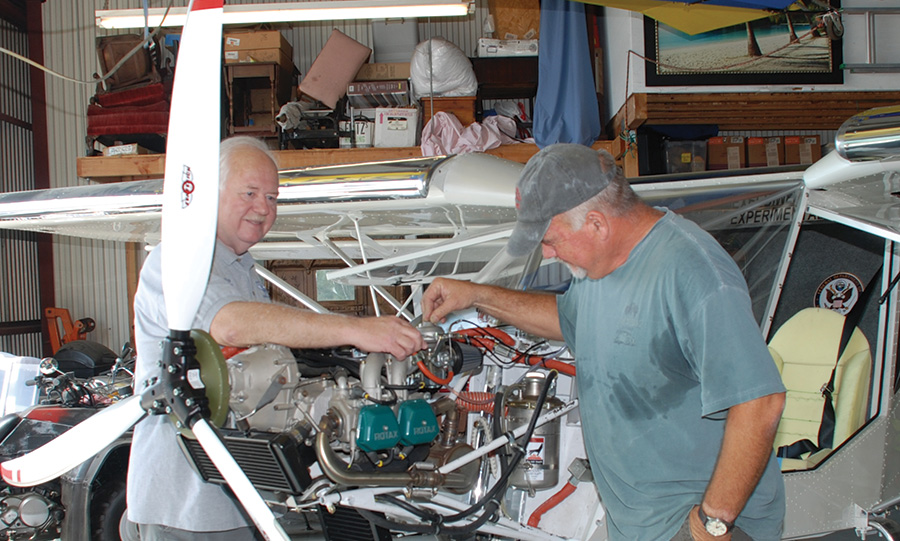
Builder Wayne Snyder (right) and Dave Prizio look over Wayne’s engine installation. Previous Rotax training made this process much easier, since the Rotax engine is different from a Lycoming in many ways.
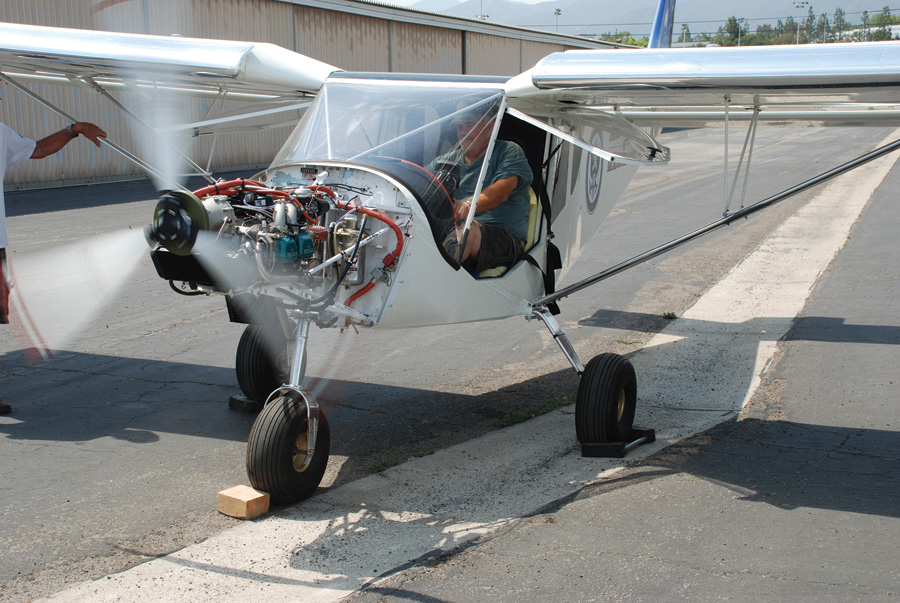
Wayne starts his engine as part of the official inspection procedure. The DAR or an FAA inspector must see the engine run prior to issuing the airworthiness certificate.
After signing up and paying a $400 fee, you will be instructed to take an online course to familiarize yourself with the DAR process and the various tasks you may need to perform. This must be completed and passed before the in-person course. Next you will need to travel to Oklahoma City for the three-day course that is mostly practical problems involving the various DAR documents and processes you first saw in the online course. When you get home from the three-day course, you will need to take another online test to get credit for the course in Oklahoma City.
Just in case you thought you were done taking tests, there is one more online course, with an online test, of course, that you must complete. It is focused on Amateur-Built and Light Sport Aircraft certification. That course costs $100. After completing it, you are considered to be fully trained.
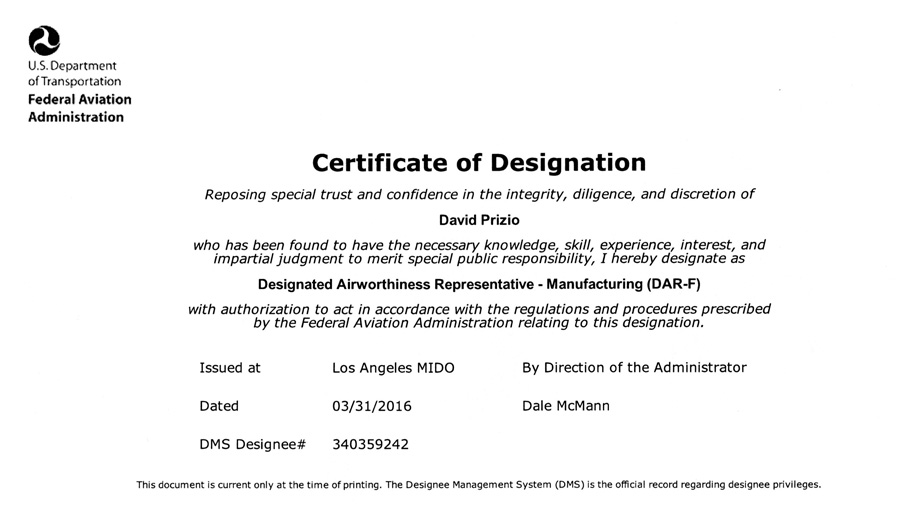
When a DAR has completed his or her training and testing, the FAA issues a CLOA or Certificate Letter of Authority. This has the official grant of authority to act as a DAR and the Designee Number.
With all of this under your belt you are ready for the final interview/orientation that will end with your appointment as a DAR. At this point the manager of the local FAA office will review your experience and qualifications and decide which types of aircraft you will be allowed to certify. His or her decision will result in the issuance of a Certificate Letter of Authority (CLOA) that spells out the limits of your authority. If, for example, you only have experience building RV airplanes, you will only be cleared to inspect and issue airworthiness certificates to airplanes constructed with sheet metal. You will not be allowed to handle rotorcraft, balloons, or other types of aircraft, and you will not be cleared to work with tube and fabric or composite airplanes. If you get additional training and/or experience, your work authorization can be expanded, but initially you will be limited based on your experience. You may not perform work outside the limits of your CLOA or DAR function code.
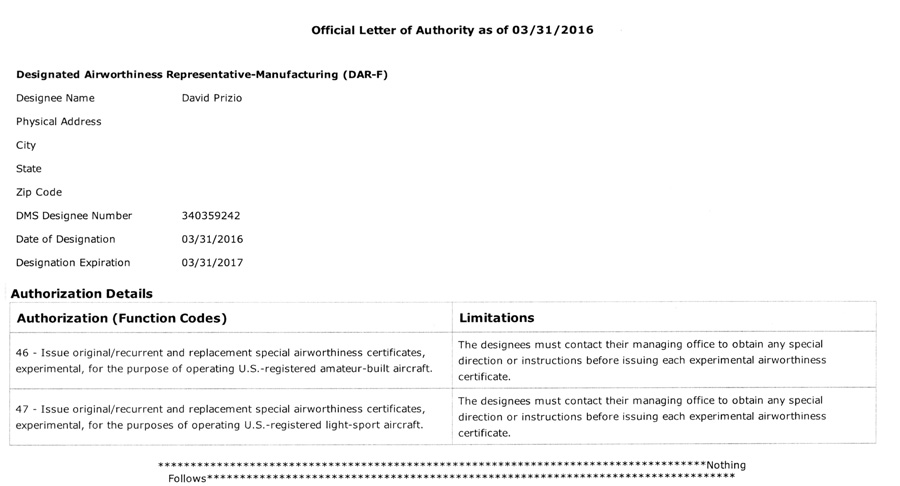
The second page of the CLOA lists the specific function codes that are authorized for the DAR. He or she may only perform services that are within the parameters of the listed function codes, in this case issuing special airworthiness certificates for Experimental/Amateur-Built or Experimental Light Sport Aircraft.
Your appointment is good for one year and is renewable at the discretion of the FAA office that appointed you. You may be removed at any time for failure to meet the standards set by the FAA, or if they no longer have a need for your services.
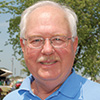
![]()
Dave Prizio is a Southern California native who has been plying the skies of the L.A. basin and beyond since 1973. Born into a family of builders, it was only natural that he would make his living as a contractor and spend his leisure time building airplanes. He has so far completed three—a GlaStar, a Glasair Sportsman, and a Texas Sport Cub—and he is helping a friend build a fourth, an RV-8. When he isn’t building something, he likes to share his love of aviation with others by flying Young Eagles or volunteering as an EAA Technical Counselor. He is also a licensed A&P mechanic and a member of the EAA Homebuilt Aircraft Council.

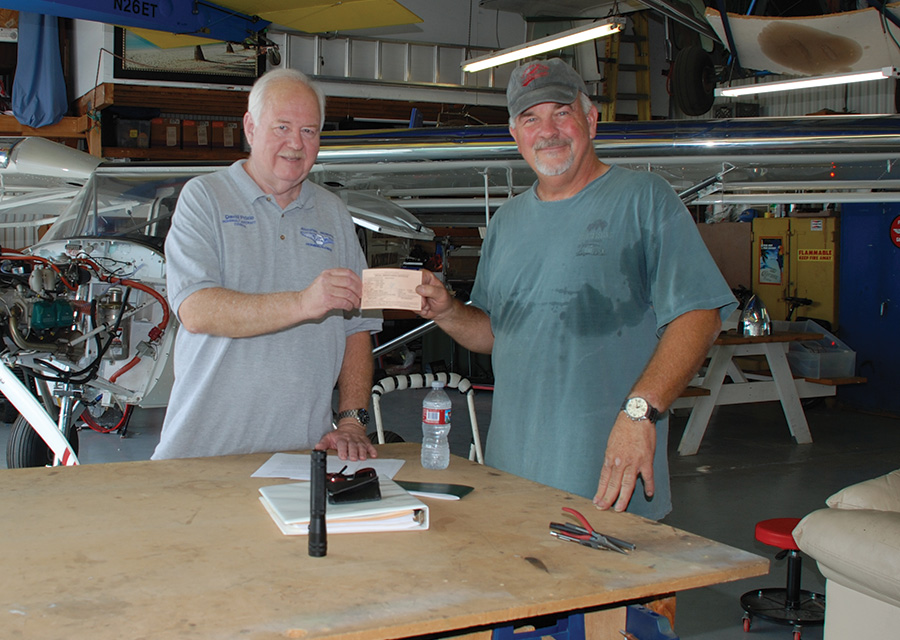
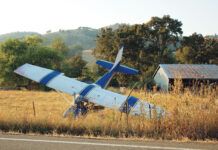
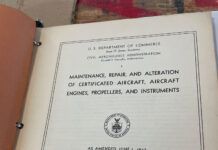
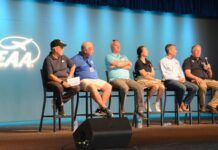
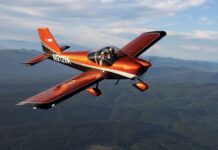
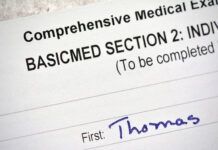
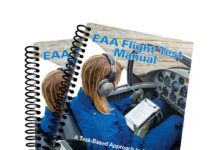
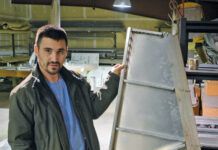
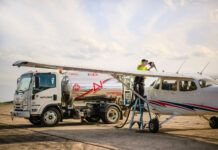
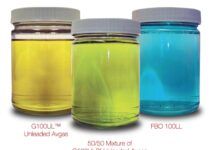
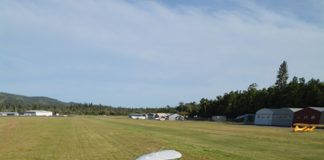
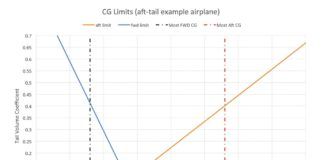
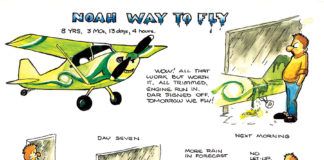
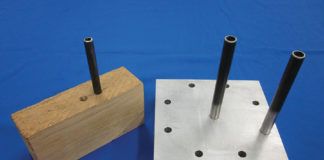
Many Thanks Dave for this great article, I have got my FAA A&P 30 years ago and worked on the airline and privet jets for all this time, in fact these days i was thinking of obtaining my DAR from our local authority in Saudi Arabia (GACA), when searching the web i came across your article and must say that you had it all here in simple plain English step by step,
I would like to thank you for the efforts put here to make it fruitful.
regards,
Ali